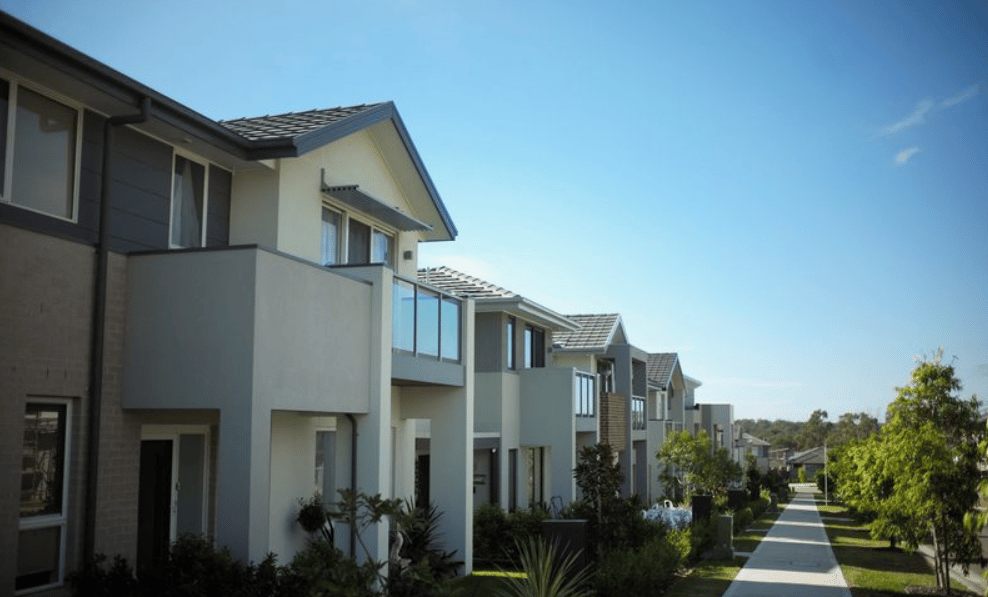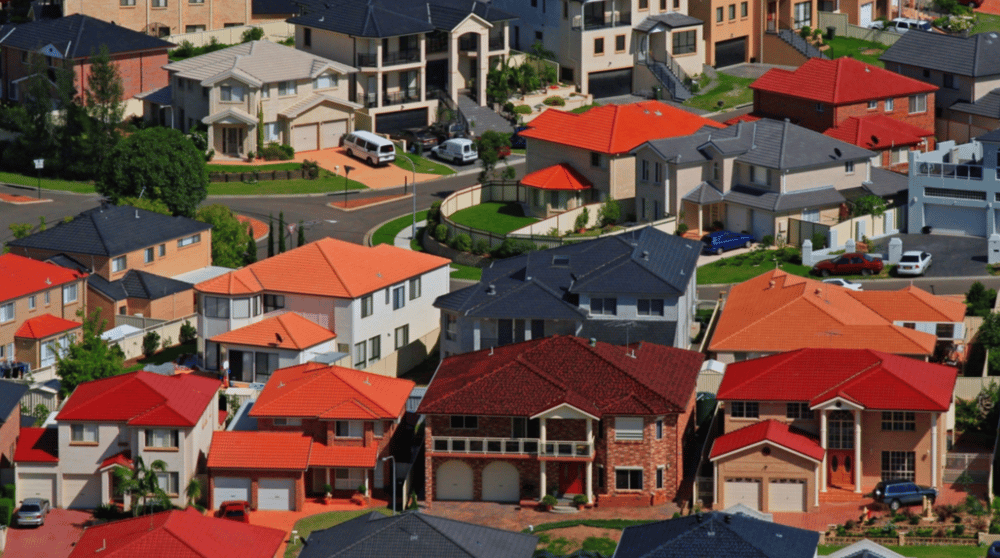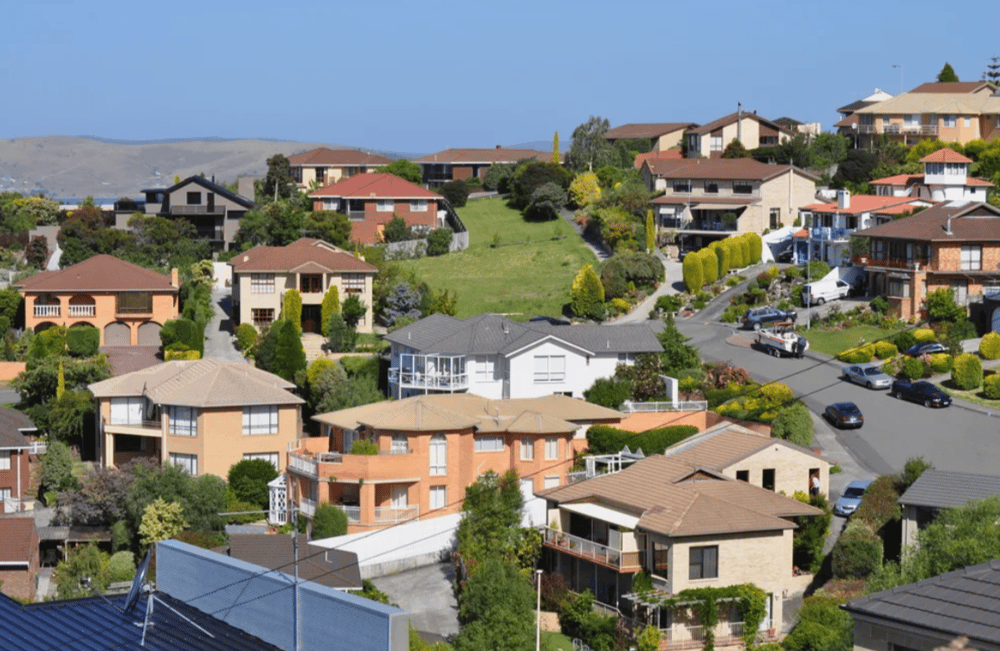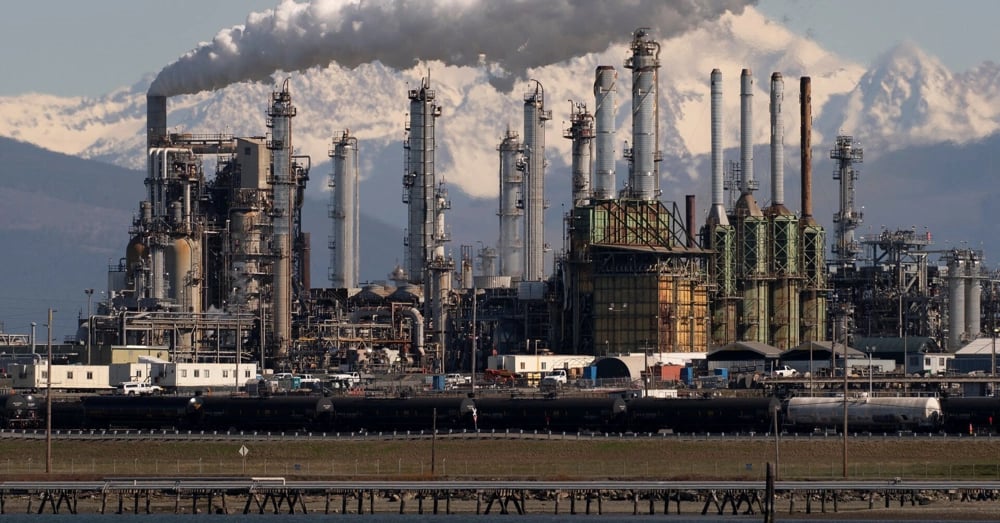Australian Home Prices Hit Record AUD 831,288 in May Amid Rate Cut Expectations
Australia’s residential property market surged again in May 2025, marking the fourth consecutive monthly increase in home values. Fueled by falling borrowing costs and renewed expectations of further interest rate reductions, housing prices reached an all-time national high. According to real estate analytics firm Cotality (formerly CoreLogic), the average dwelling value in Australia rose 0.5% month-over-month to AUD 831,288 (approx. USD 536,015). This price level surpasses the previous peak and reflects a 3.3% annual increase.
While the Reserve Bank of Australia’s (RBA) prior rate hikes had previously cooled the market, a shift toward easing has reactivated buyer sentiment. Notably, every capital city posted price gains in May, suggesting that demand is broad-based and not limited to high-growth corridors.
Rate Cuts Revive Housing Momentum Across Capital Cities
The Australian housing market has demonstrated notable resilience, reversing a short-lived correction cycle. Cotality’s May data illustrates that expectations of looser monetary policy, alongside persistent supply shortages, are reigniting upward price pressures.
Darwin led the monthly price growth among capital cities with a 1.6% increase, followed by Perth (+0.7%) and Brisbane (+0.6%). Sydney and Melbourne also recorded price gains, reflecting a national trend driven by both investor demand and returning first-time buyers, now incentivized by declining mortgage rates.
Affordability remains a key structural challenge, but market dynamics suggest that current price movements are underpinned by macroeconomic signals, including the outlook for rate cuts, rather than speculative activity. Additionally, net immigration and a constrained construction pipeline continue to support demand-side imbalances.

Snapshot: May 2025 Housing Market Data
National price increase: +0.5% month-over-month
Annual price growth: +3.3% YoY
New national median value: AUD 831,288 (USD 536,015)
Capital city breakdown:
Darwin: +1.6%
Perth: +0.7%
Brisbane: +0.6%
Sydney and Melbourne: modest but positive gains
Data provider: Cotality (formerly CoreLogic)
Market Reactions and Policy Implications
The property market’s rebound is being closely monitored by policymakers and financial institutions. With inflation indicators moderating, the RBA has pivoted toward a more dovish stance, signaling potential for further rate cuts later in 2025. Lower interest rates reduce the cost of borrowing, which typically translates into increased housing demand and price appreciation.
Investor sentiment remains optimistic, with real estate equities and property development stocks seeing upward momentum. However, analysts caution that sustained price growth may reignite affordability debates, particularly in Sydney and Melbourne, where median prices already exceed national averages.
Cotality’s data also reinforces the broader trend of uneven housing availability. Regional markets remain tight, with new listings failing to match the pace of population growth and urban migration patterns.

Key Market Insights
Monetary easing fuels demand: Lower borrowing costs have lifted buyer confidence.
Capital cities lead recovery: Broad-based price increases point to national momentum.
Affordability under pressure: Despite policy tailwinds, housing access remains strained.
Supply constraints persist: Construction backlogs and zoning restrictions contribute to upward pressure.
RBA policy in focus: Further rate reductions could extend the current price rally.
Record Highs Reflect Renewed Housing Demand Cycle
The resurgence in Australian home prices in May 2025 represents more than a temporary market bounce—it signals a structural shift influenced by easing monetary conditions, demographic growth, and limited housing supply. With the average national dwelling price exceeding AUD 831,000, the housing sector once again finds itself at the center of economic and policy discussions.
As the Reserve Bank of Australia evaluates its path forward, the housing market’s responsiveness to interest rate changes will remain a key barometer of financial conditions. While current trends support short-term growth, long-term sustainability will hinge on supply-side reforms and affordability solutions.















Comments